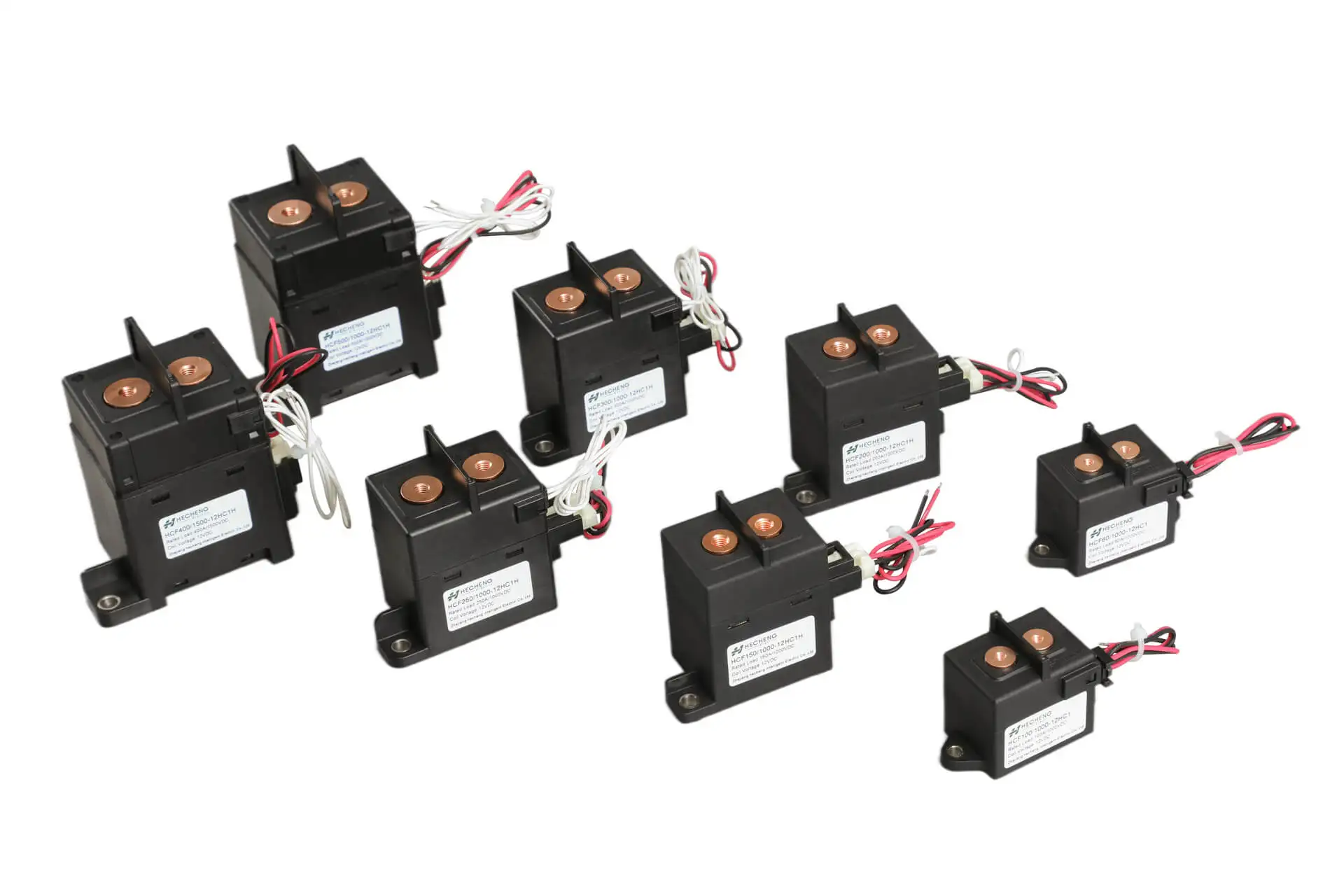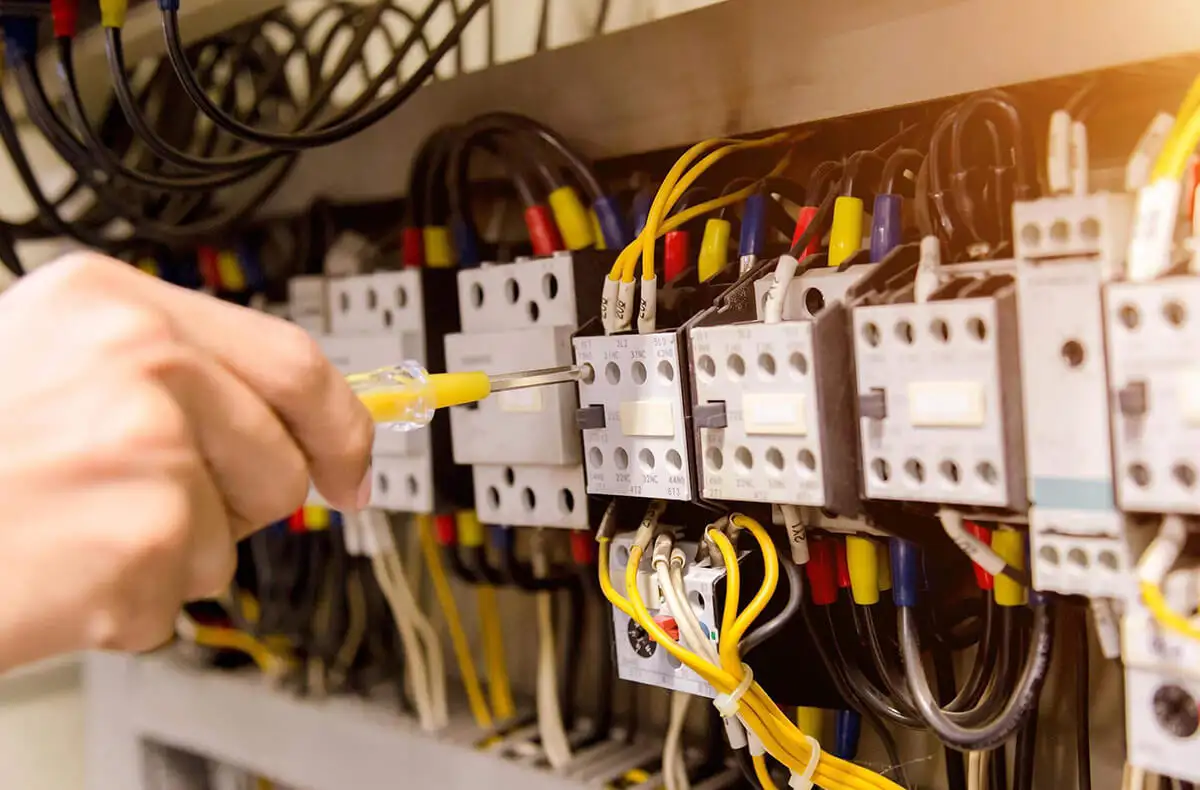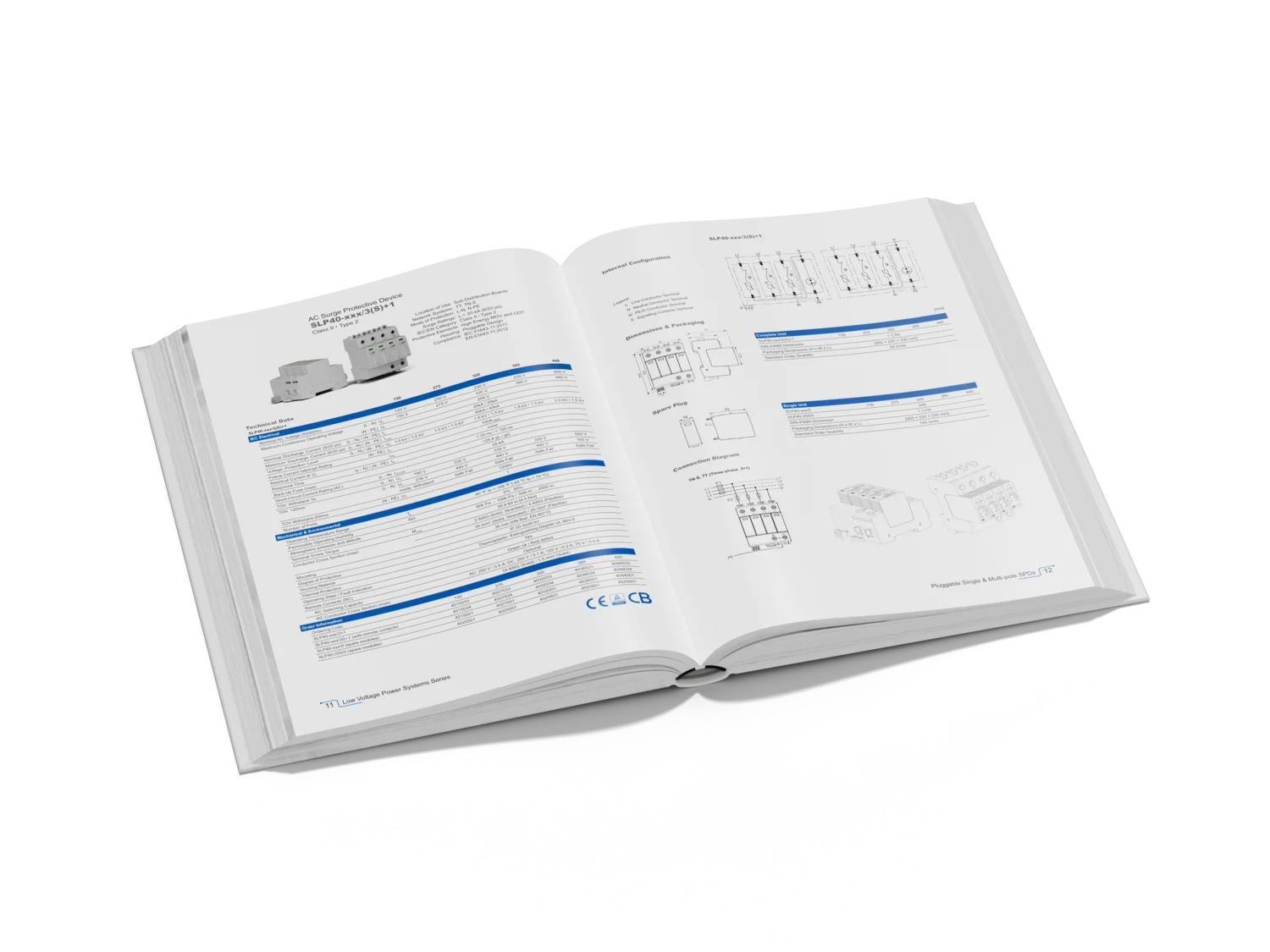In this article, we’ll introduce you to DC power optimizers. Power optimizers allow for maximum electricity generation for solar panels on challenging roofs.
If you have partially shaded conditions or need to install with multiple orientations to the sun, power optimizers can be a smart option and may be a better fit for your needs than microinverters. While microinverters solve the same shading and roof orientation problems as power optimizers, they are more expensive to install.
There are several advantages and disadvantages of power optimizers to be aware of as well. We’ll cover them all below.

How do power optimizers work?
When the sun hits a solar panel, it creates DC electricity. When panels are strung together, all the DC power usually gets sent along to a central string inverter. The inverter converts the power into AC electricity your home appliances use.
This setup works very well for a majority of solar system setups. However, if you have a roof with partial shading issues or multiple orientations, your power output will suffer. That’s because the production of the string of panels is limited by the performance of the worst performing panel.
In the challenging solar installation conditions outlined above, the maximum power you can create with each panel varies. That’s because the amount of power each panel generates depends on temperature, amount of sunlight, and special characteristics of the power load. When panels face multiple directions or some are shaded, these factors differ across the array.
Power optimizers account for this problem by using a technology called maximum power point tracking (MPPT). Smart researchers figured out that if you can track the maximum power of each panel in real time, then smooth and condition the electricity each panel generates before sending it along to the inverter, your inverter can process much more electricity.
To do this job, power optimizers are affixed to the back of each individual solar panel in your array. They turn individual panels into smart modules by tracking their peak output and regulating their voltage before sending the power along to your central inverter.
The result is optimized performance for every single panel in your solar system, regardless of orientation to the sun, shade, or even damage to one or more of the panels.
Hecheng Electric is a leading manufacturer of power optimizers, we’ll cover some of their system specifications below.
If you have a challenging roof which has multiple orientations to site panels on and have shading issues to contend with, power optimizers are a smart solar installation choice.
There are several benefits and a few drawbacks to DC power optimizers to be aware of. We cover them below so you can be well-informed on these important considerations and can confidently proceed with your solar system design.

pv Automatic Shutdown
Advantages of DC power optimizers
Power optimizers have several advantages over other grid-tie inverter systems like microinverters. Here are some of them to consider:
More efficiency in partially shaded conditions
As outlined in the summary above, DC power optimizers allow you to harvest significantly more electricity when your panels are partially shaded or facing multiple angles. In fact, according to Hecheng, you can expect up to 25% more power with the help of DC power optimizers.
If you are looking to install solar and know your array will be partially shaded through the day, power optimizers are a good idea.
Individual-level panel monitoring
Power optimizers are a type of module-level power electronics (MLPE). They are able to collect and feed solar energy production data like output voltage and peak efficiency from each PV module to the cloud, reporting financial and power performance data back to you in a real-time app.
It’s a smart tool, as you can get notifications for when and if your system isn’t performing as well as it should be, based on the current weather conditions. That way, you can alert your installer to check up on your system to make sure everything is working correctly.
DC-coupled battery options
Since solar panels and batteries both operate in DC electricity, it makes a lot more sense to feed the DC energy output from your solar panels directly to your battery storage.
This way, your system will be way more efficient, since you don’t need to convert electricity to AC, then back to DC voltage for use in your battery.
This ensures you get the most value from the electricity your solar panels produce in your battery backup system.
Smaller inverter size
Since the voltage tracking and cleaning happens at the individual module level, the inverter tied to power-optimized solar modules doesn’t need to be as bulky. This can free up some space around your garage or home exterior wall and be more aesthetically pleasing to you.
If you don’t want any inverter taking up wall space, you might want to explore installing microinverters instead of power optimizers.
System oversizing
The system allows you to connect a much larger-sized solar array to your inverter. The reason you’d want to do this is to take advantage of more power performance in low light conditions like dusk and dawn.
When the sun is low on the horizon, your extra solar panels can still harvest near peak electricity. That means you’re potentially sacrificing some solar electricity during the middle of the day because your inverter can’t efficiently convert all of the available solar energy at that time.
However, if your utility is on a time-of-use billing structure, evening electricity is most valuable. If you can generate more power at this time of day, you can reap more financial rewards.
Your PV system needs to be carefully designed to best take advantage of this scenario. Inverters are meant to convert AC power at a level that can’t be exceeded. So, if you’re generating a whole bunch of DC power with your panels, your inverter will limit the production of your panels to the amount of AC it can actually convert.
Too much electricity routed to your inverter can also shorten its lifespan. Make sure to work with a reputable solar installer who can ensure you’re getting the most out of your solar equipment, without putting it at risk.
Final thoughts on DC optimizers
DC optimizers inverters are a great option for solar systems with challenging installation considerations like shade or multiple roof angles. They allow you to harvest significantly more electricity under these conditions at a price competitive with traditional string inverter setups.
DC optimizers have an advantage over microinverters, in that they cost less, perform a similar function, and route power to a central inverter instead of relying on multiple units which may fail or be difficult to monitor and repair.
As always, if you are confused or are looking for more clarification, we recommend connecting with our network of solar installers to offer guidance and provide you with custom savings estimates.







